
The Collegiate™ ultrafast Ti:sapphire laser kit is the latest installment of the original KMLabs few-cycle oscillators. When it was introduced in 1994, this was the first commercial Ti:sapphire laser capable of generating pulses less than 12 femtoseconds in duration. Since then, as technology has evolved, KMLabs has been proud to continue pushing the boundaries in ultrafast laser science to some of the most challenging and advanced demands in the research field. Through this evolution, as KMLabs has expanded into offering turn-key laser systems, Collegiate endures as a workhorse user-serviceable laser, providing an entry-level Ti:sapphire laser system with state-of-the-art performance appropriate for both educational and research environments.
Optimization of laser output parameters vs. f-to-2f beating signals can be 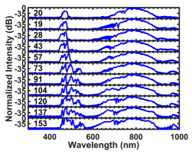 mutually contradicting, when an octave-spanning supercontinuum is employed for f-to-2f measurements. We show that resonant dispersive waves will solve this issue, thanks to their frequency stability against changes in laser power and chirping.
mutually contradicting, when an octave-spanning supercontinuum is employed for f-to-2f measurements. We show that resonant dispersive waves will solve this issue, thanks to their frequency stability against changes in laser power and chirping.
The authors use a KMLabs Collegiate (85 MHz Ti:Sapphire oscillator) and a 9-cm long Kagome photonic crystal fiber to generate resonant dispersive waves in this experiment. The figure depicts RDW output spectra for different input energies.
DOI: 10.1038/s41598-017-18544-y
Multi-photon microscopy excels at imaging of living cells and relies on the intense light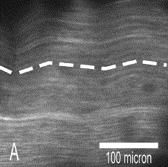 generated by ultrafast laser systems. In this work, The authors use a TS laser kit from KMLabs to drive their multiphoton laser-scanning microscope and image the crimp length morphology of tendons. They find that the crimp length of the tendons is under cellular control and is a reflection of the mechanobiological environment of the extracellular matrix.
generated by ultrafast laser systems. In this work, The authors use a TS laser kit from KMLabs to drive their multiphoton laser-scanning microscope and image the crimp length morphology of tendons. They find that the crimp length of the tendons is under cellular control and is a reflection of the mechanobiological environment of the extracellular matrix.
DOI: 10.1002/jor.23489
Single-beam heterodyne FAST CARS microscopy
In this paper, a KMLabs Ti:Sapphire oscillator kit is incorporated into a home-built FAST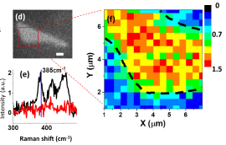 CARS (femtosecond adaptive spectroscopic technique for coherent anti-Stokes Raman scattering) microscopy experiment. This experiment performs single-beam heterodyne imaging using a simple setup with real-time piezo modulation of the probe delay, and enables high spatial resolution and dynamic measurements. Shown here is the spectrum and spatial map obtained on a MoS2 2D material.
CARS (femtosecond adaptive spectroscopic technique for coherent anti-Stokes Raman scattering) microscopy experiment. This experiment performs single-beam heterodyne imaging using a simple setup with real-time piezo modulation of the probe delay, and enables high spatial resolution and dynamic measurements. Shown here is the spectrum and spatial map obtained on a MoS2 2D material.
DOI: 10.1364/OE.24.021652
This excellent paper from Stonehill College describes how the Collegiate Ti:Sapphire 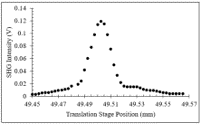 oscillator kit from KMLabs is used to elevate students’ learning experience in an undergraduate teaching lab. The experiment pursues four goals:
oscillator kit from KMLabs is used to elevate students’ learning experience in an undergraduate teaching lab. The experiment pursues four goals:
(1) see the inner-workings of a femtosecond laser,
(2) appreciate the setup of the experiment,
(3) understand the basics of SHG, and
(4) consider applications of lasers.
The authors also provide Experimental Guides for both instructors and students, so the experiment can be easily replicated at other institutions.
DOI: 10.1088/1361-6404/ab07d0
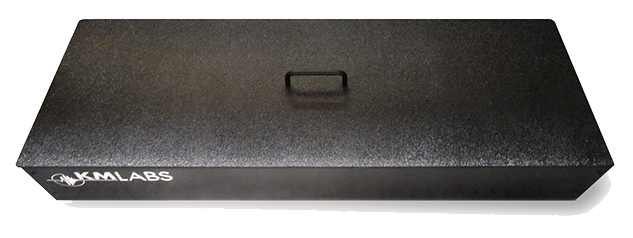
© Copyright 2018-2024 KMLABS leading in ultrafast All Reserved | Privacy Policy